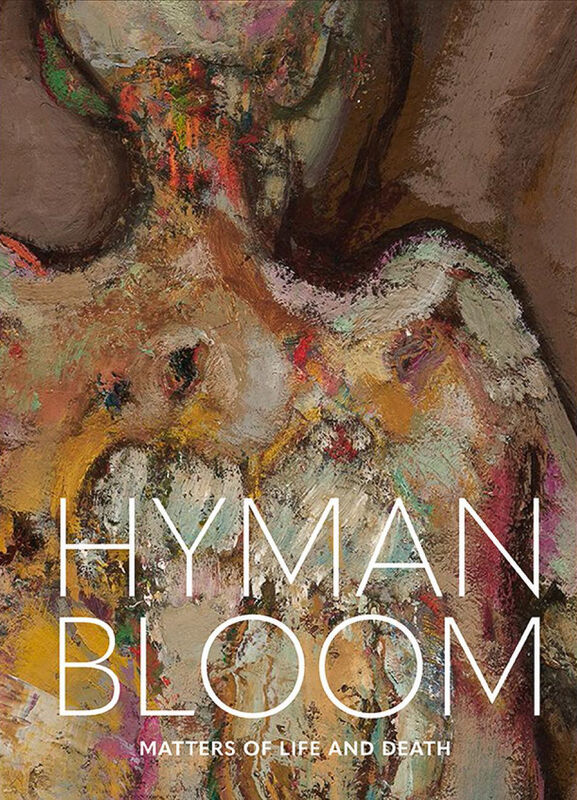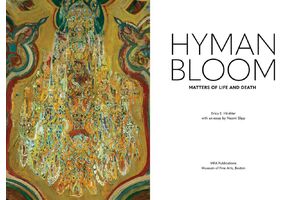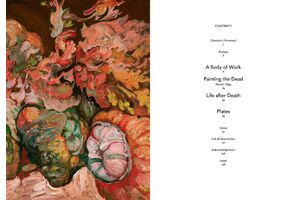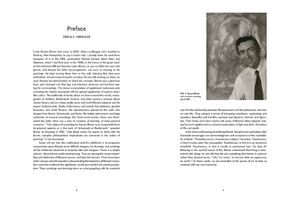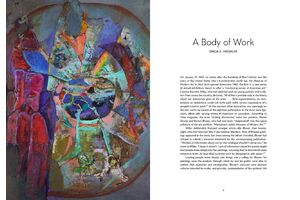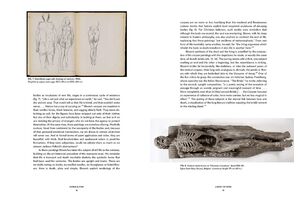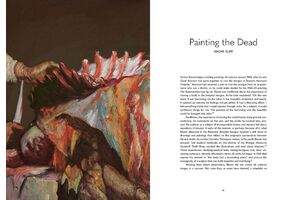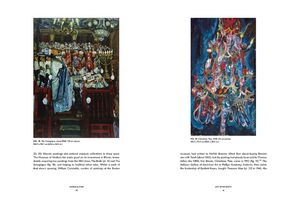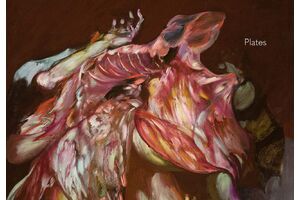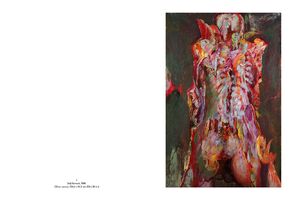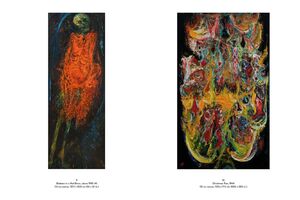Contact
art book cologne GmbH & Co. KG
Deutzer Freiheit 107
50679 Köln
Germany
Opening hours (office and showroom):
Monday to Friday 8 – 17
info@artbookcologne.de
Phone: +49 221 800 80 80
Fax: +49 221 800 80 82
About us
art book cologne, founded by Bernd Detsch in 1997, is a wholesale company and specializes in buying and selling high quality publications in art, art theory, architecture, design, photography, illustrated cultural history and all related subjects internationally. Our team includes specialists in art, culture, music, book trade and media but in spite of our diversity we have one common ground: the enthusiasm for unique art books.
We purchase remaining stocks from museums, publishers and art institutions. We sell these remainders to bookstores, museum shops, and art dealers all over the world.
Hyman Bloom – Matters of Life and Death
| Publisher | MFA Publications |
| Year | 2019 |
| Cover | Hardcover |
| Language | English |
| ISBN | 978-0-87846-861-4 |
| Pages | 112 |
| Weight | 840 g |
| More | |
| Author(s) | Erica E. Hirshler |
| Contributors | Naomi Slipp |
| Article ID | art-64116 |
Themes of mortality and spirituality in the long-neglected art of a midcentury American pioneer: Hyman Bloom was a contemporary of Willem de Kooning, Jackson Pollock and Arshile Gorky. This new study focuses on Bloom’s paintings and drawings of human corpses, anatomical studies and archeological excavations from the 1940s and 1950s. He often returned to these subjects throughout his career, using thickly applied paint in rich colors as he aspired to present both the physical and the spiritual on canvas.
Insightful curatorial essays accompanied by beautiful full-color reproductions explore this difficult but compelling work, considering themes such as the life, death and rebirth of Bloom’s artistic reputation; the growing divide between figuration and abstraction at this defining moment of American art; earlier artistic traditions of representing mortality; the relationship between these works and Bloom’s Judaism, interest in Eastern religions, and belief in reincarnation; and the artist’s desire to find beauty and meaning within death and decay. In these drawings and paintings, as Bloom himself asserted, “the paradox of the harrowing and the beautiful [can] be brought into unity.”

